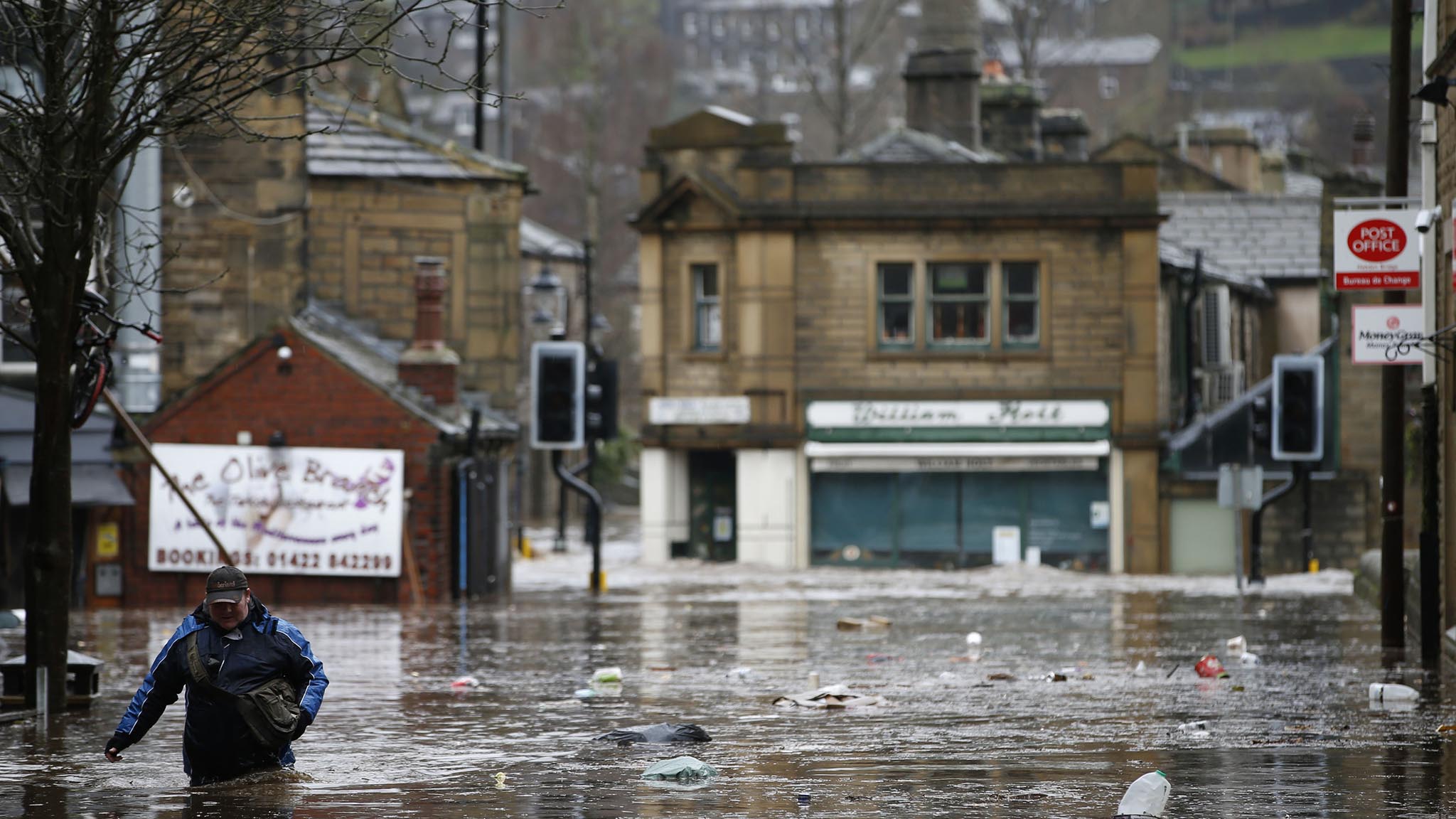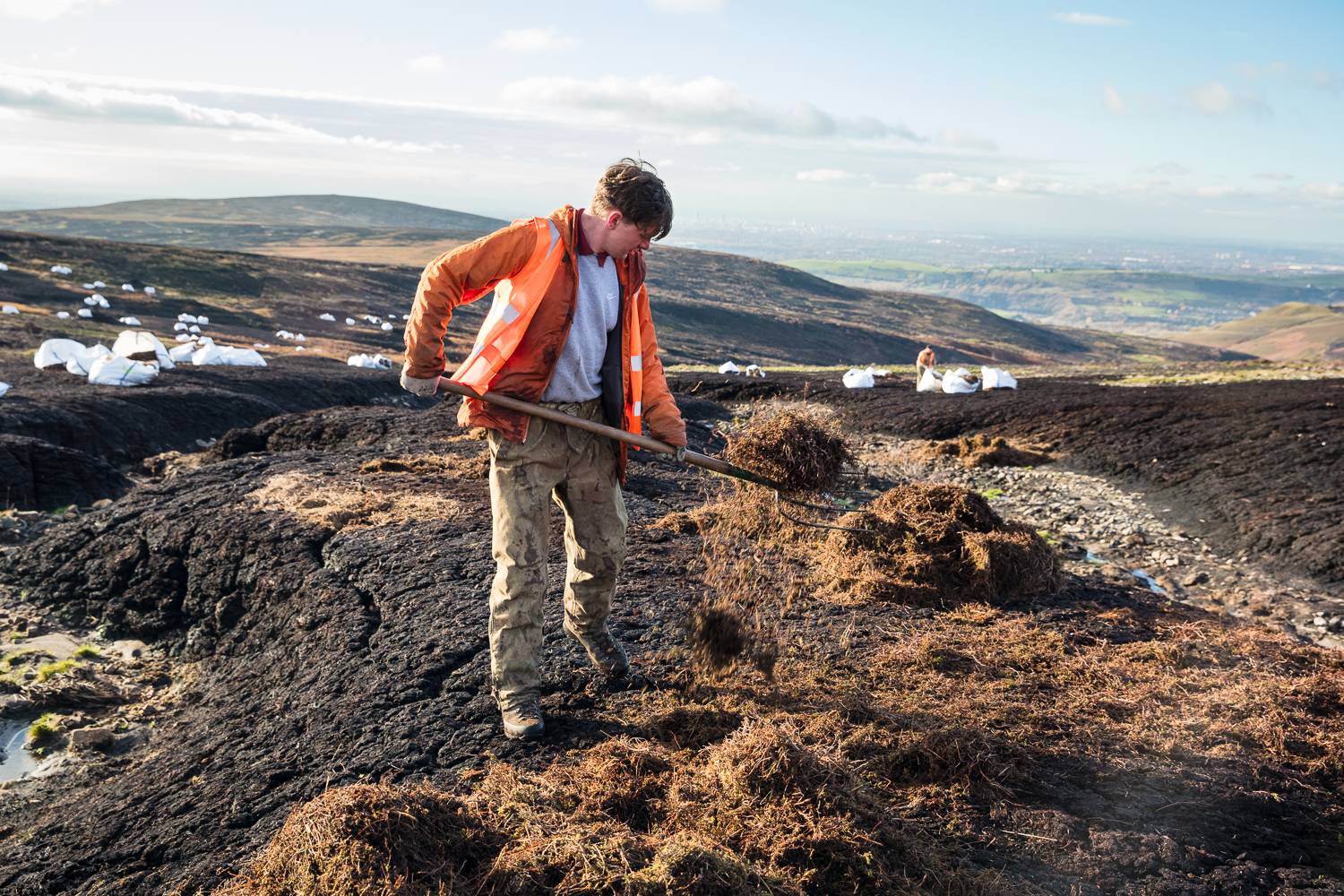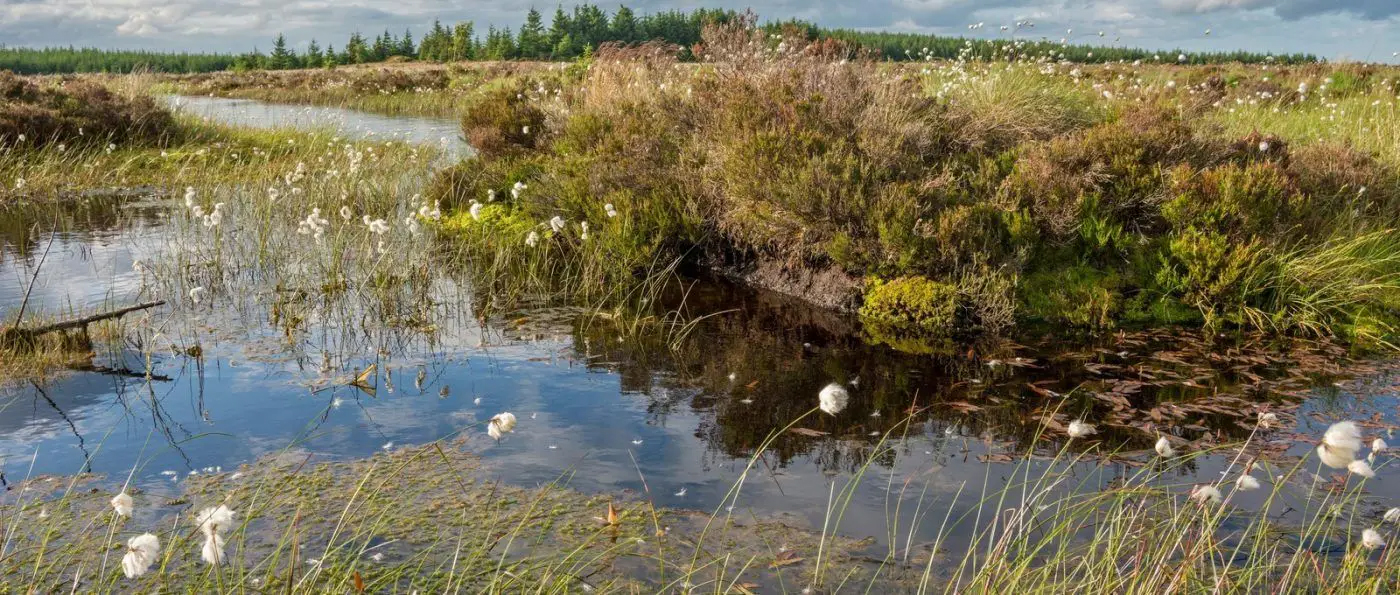August 12 has been dubbed “the Glorious Twelfth” by the tiny minority of people who consider shooting wildlife a hobby. Here’s why, for the rest of us, there’s absolutely nothing ‘glorious’ about the start of the annual grouse shooting season and it’s time to start rewilding Britain’s uplands.
1. We need to rewild the uplands to protect the planet
More than three quarters of a million acres of Britain are covered by intensively-managed grouse moors which leave nature impoverished and contribute to climate breakdown. The world is fast moving in a direction where restoring land is at the forefront of tackling climate change and biodiversity loss. To deliver for nature, the climate and people, we need to be restoring, not continuing to damage, the vast tracts of land handed over to grouse shooting.
2. Grouse moors fan the flames of climate change
To stimulate the growth of heather shoots for young grouse to eat, landowners set fire to the moors – causing some 260,000 tonnes of carbon dioxide, the primary greenhouse gas responsible for climate change, to be emitted each year. Burning has become the single largest driver of habitat damage in some of England’s most sensitive protected sites. Subsequently, the Climate Change Committee has called for an immediate ban on burning to help protect the UK’s upland carbon stores.
3. Wildfires are worsened by grouse moor management

Climate change is bringing more wildfires, but by maintaining an artificially dry and degraded upland landscape to provide heather for grouse a tinderbox is created which can catch fire with the smallest of sparks.
After burning for five days the major wildfire on Saddleworth grouse moor was only stopped when it reached rewetted peat bogs on a neighbouring conservation moor. When healthy, wet peat bogs prevent wildfires because when flames hit them they act like a match being thrown into a full sink.
4. Communities downstream from grouse moors suffer severe flooding

Imagine living your life on flood alert every time it rains. For communities downstream from grouse moors that’s exactly what life is like.
Damaged peat bogs no longer hold rainfall back in the hills, instead gushing it down into villages, towns and cities with a severe impact on residents, their homes and livelihoods. If moorlands were restored to their healthy state then run off water from upland peat would be slowed by up to 75% to help prevent flooding.
5. No wild animal deserves to suffer on a grouse moor

Grouse moors purge native wildlife to drive up red grouse populations for the guns. Thousands of animals – including foxes, stoats, weasels, corvids, hares and often birds of prey – are killed by trap, snare and bullet for no other reason than they compete with game bird shooting interests.
6. Wildlife crime is a major threat to biodiversity

Despite having been legally protected for nearly seventy years, birds of prey continue to be unlawfully shot, trapped, poisoned and have their nests destroyed as part of an ongoing wave of wildlife crime on grouse moors.
Wildlife crime presents a major threat to biodiversity and the effects of persecution on bird of prey populations in the British uplands are widespread and profound. A ten year study of 58 satellite-tagged hen harriers, performed by the government’s nature protection agency, Natural England, found that the red-listed raptors are 10 times more likely to die or disappear under suspicious circumstances on grouse moors than any other habitat.
7. Grouse moors spread disease among wildlife

To keep large numbers of grouse alive in unnatural and unhealthy conditions where disease and parasites would otherwise kill them, industrial-strength medicated grit is routinely used non-therapeutically. Experts believe this
abuse of medication is contributing to the spread of ‘bulgy eye’, a vicious infection which causes grouse to suffer swollen eyes, nasal discharge, lesions and breathing difficulties.
8. Shooting wildlife for entertainment is just plain wrong


Around 700,000 red grouse will be killed for entertainment during a full shooting season. The lives of these birds will end with many hitting the ground suffering from painful wounds and injuries, having not been killed outright by the shot, only to be killed by having their necks broken or being hit over the head with a beater’s stick.
9. Toxic lead shot pollutes the land and poisons wildlife
The Oxford Symposium on lead poisoning estimated that between 2,500 and 6,700 tonnes of lead shot is fired at game birds each year in the UK. It further stated that ‘lead ammunition now appears to be the only significant, geographically widespread and common source of unregulated environmental lead contamination to which wildlife is exposed”.
10. Grouse shooting is rife with labour abuse

From gamekeepers being pressured to perform wildlife crime to beaters not being paid minimum wage, if they are even paid at all, there is growing awareness of the human cost of poor employment standards on grouse moors.
11. Rewilding the land boosts jobs


